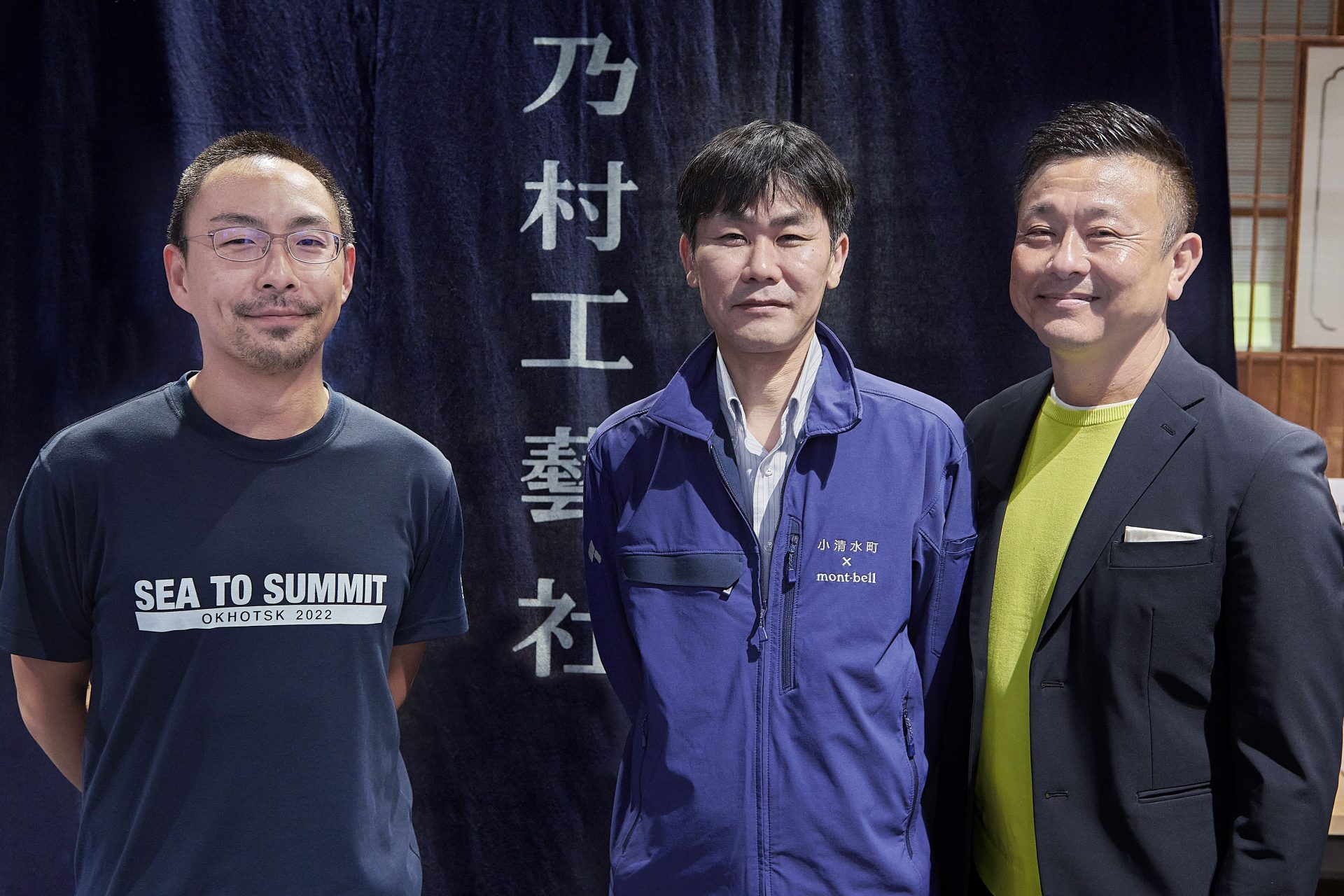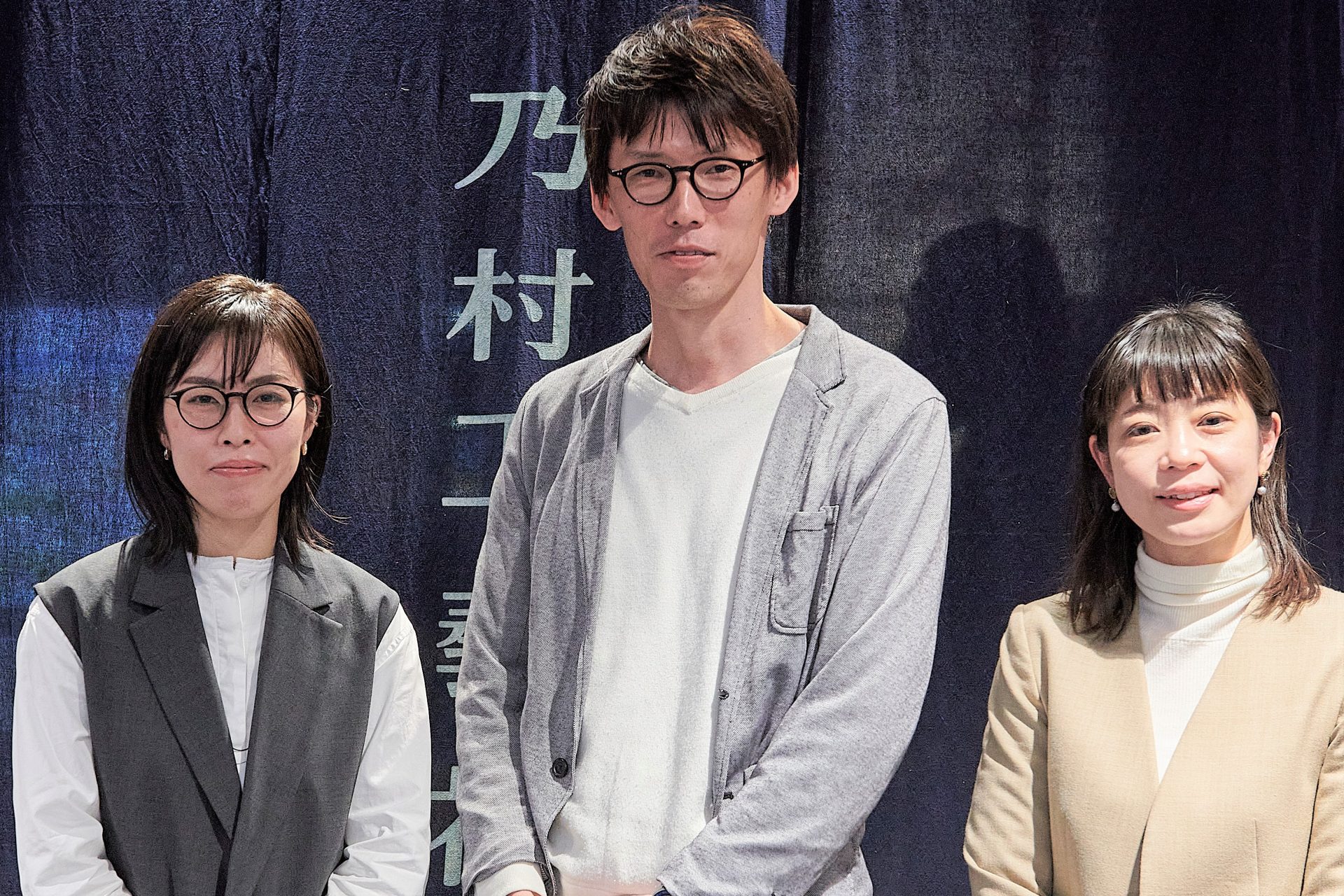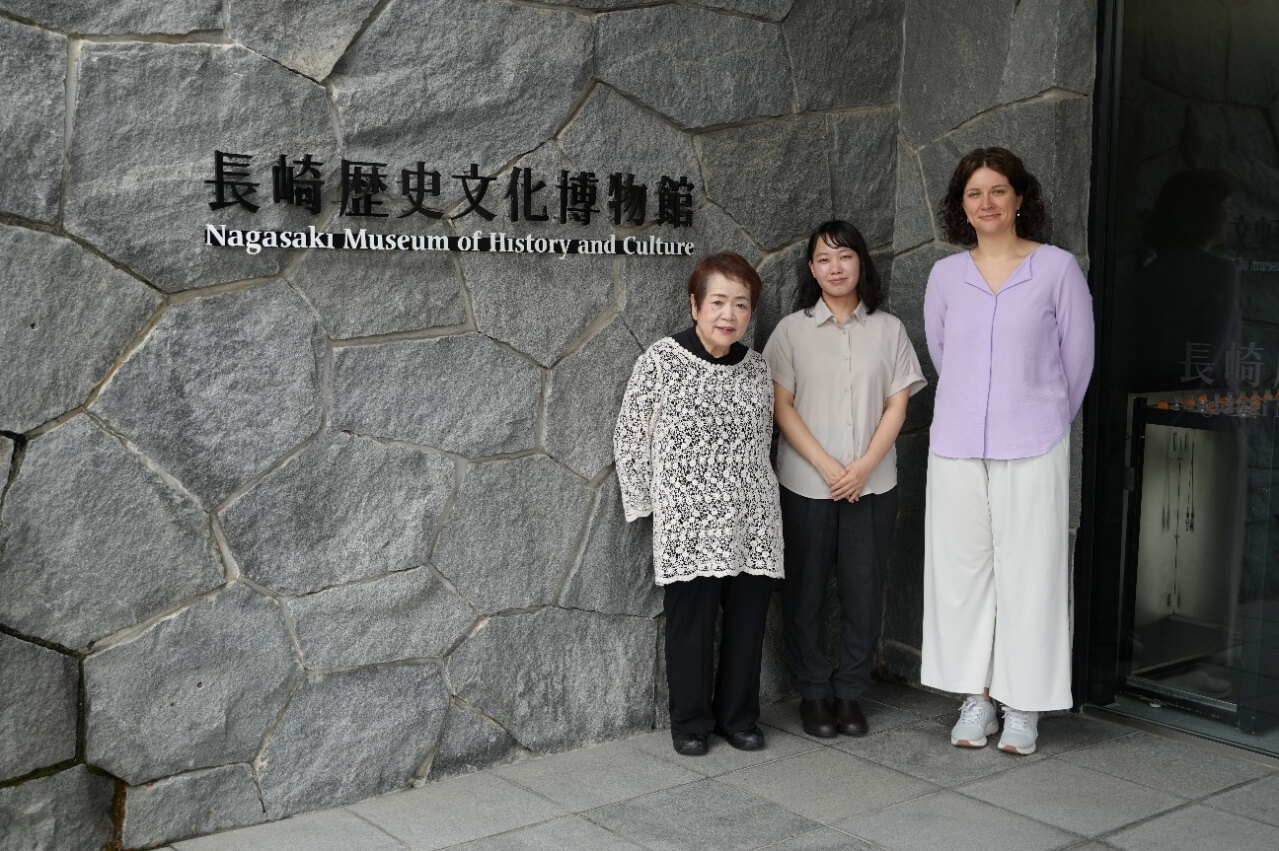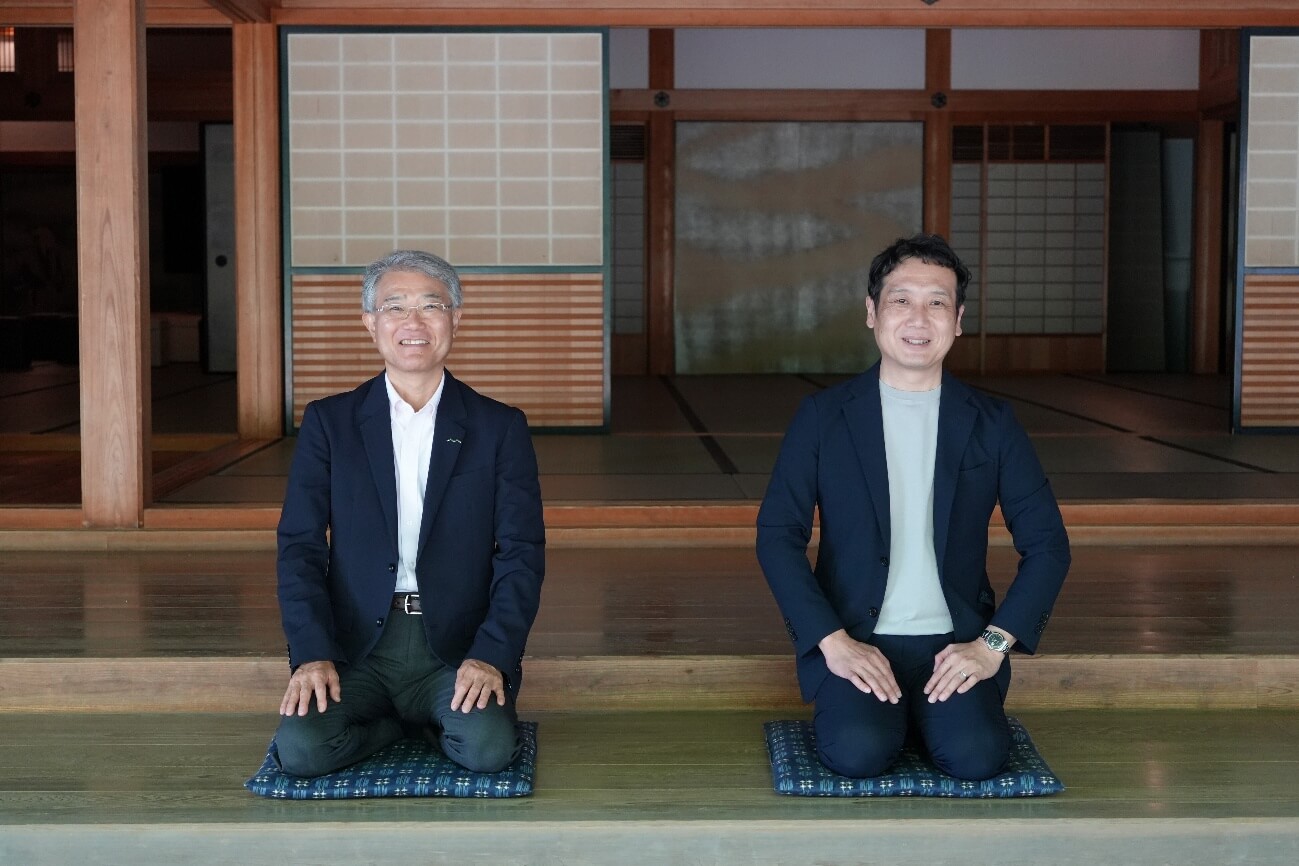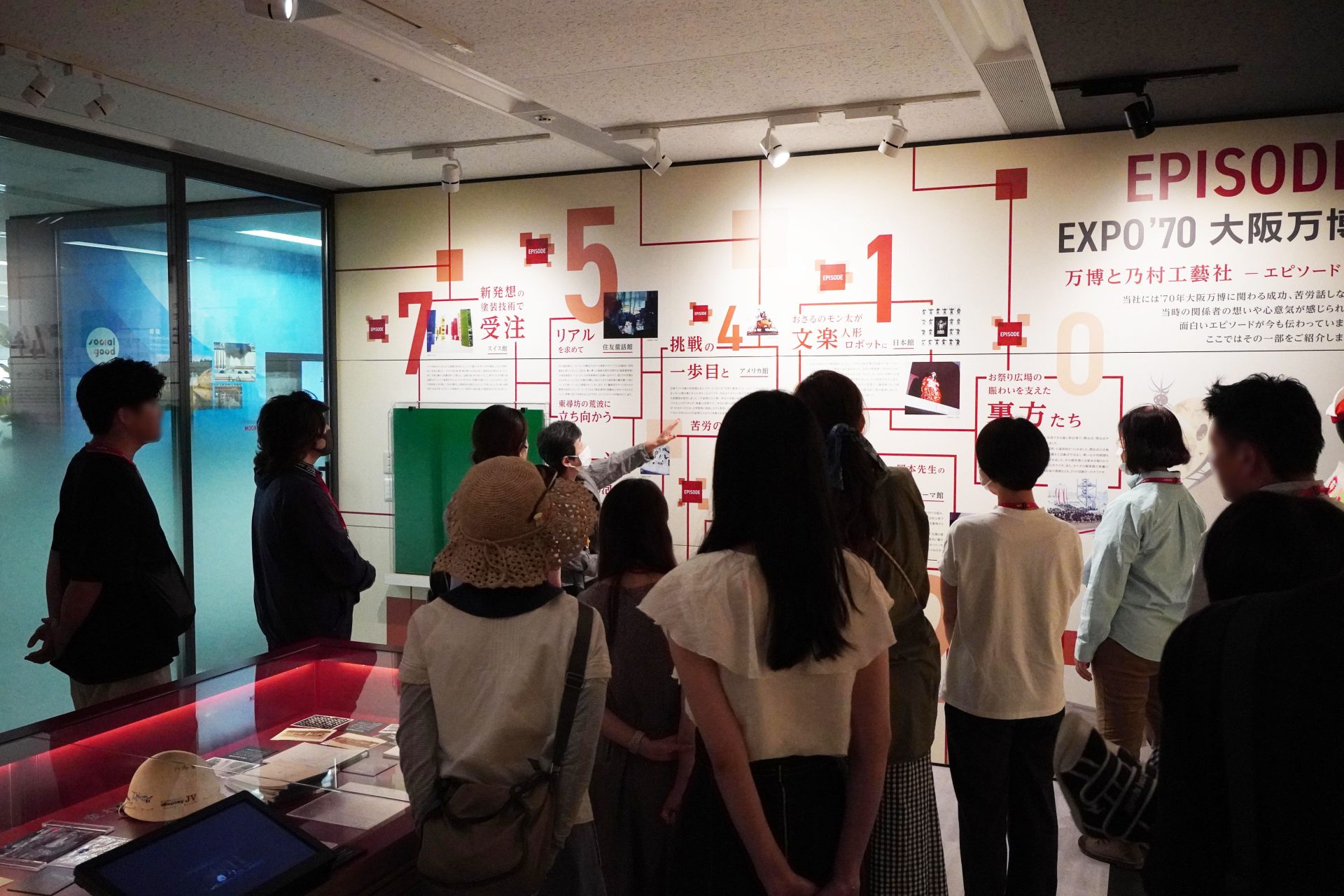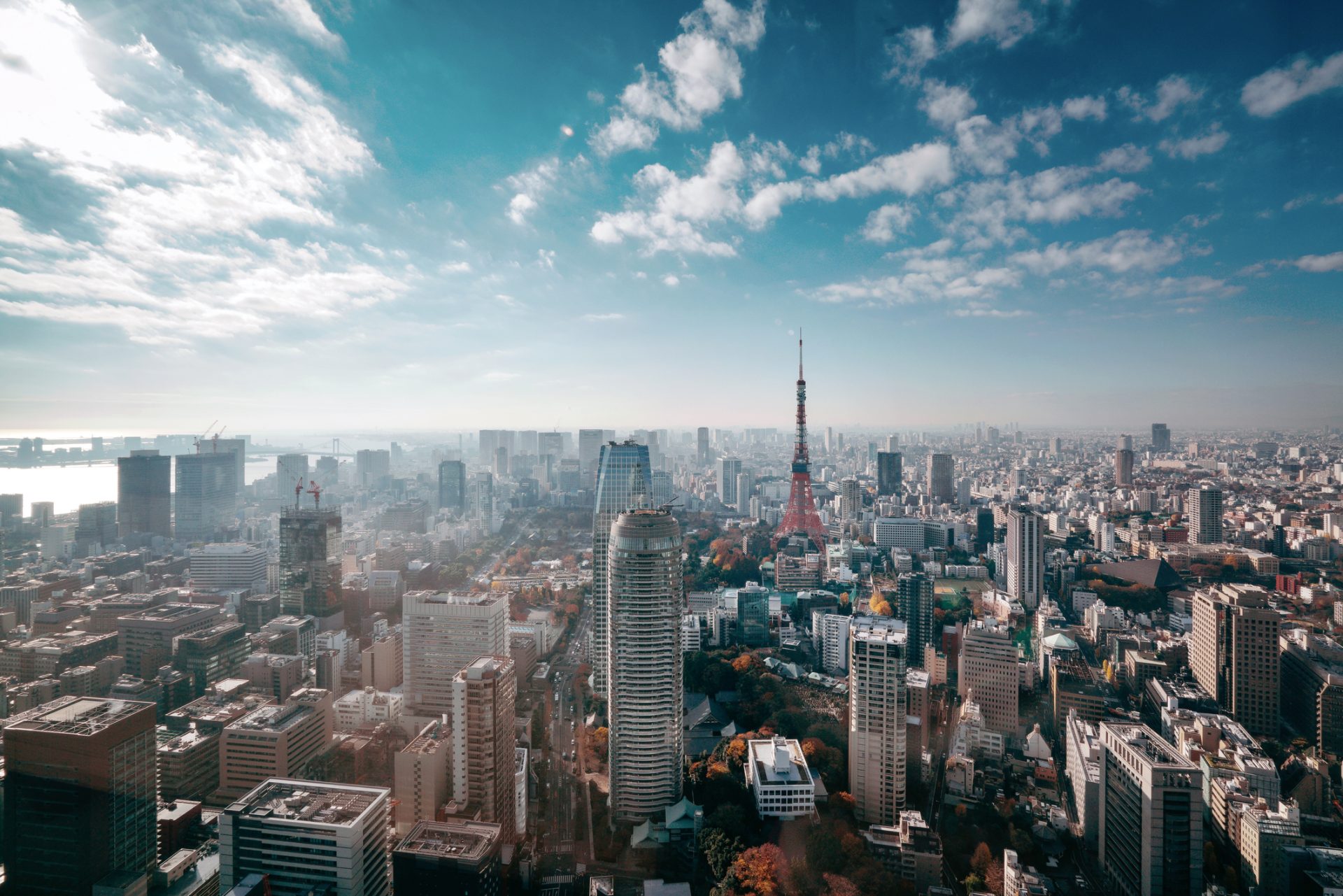
- text and edit by
- Yoko Furuta
city, nature, human
Personally, I'm not very good at insects.
As the long winter comes to an end and the bright spring comes, I have to brace myself.
If you let your guard down, a Scarafaggio (Italian) will suddenly appear in your room, or a cicada will land on your balcony.
My hobby is moving, and despite my strategy to avoid emergencies every time, I end up choosing floors where I can hear birds and insects chirping, such as near parks with lush greenery.
Crickets, higurashi, the sound of the wind rustling the greenery, and the tones played by nature seem to have a mysterious healing that surpasses any fear.
Last year, I traveled to an inland city in Asia for work, and despite the sweltering heat and humidity, I didn't see any pests on the streets.
It's a beautiful ancient city, but I remember being worried about what was going on underground in this city.
It was written in some article, but modern urban planning emphasizes animals and planting trees, even though it is nature, and tends to eliminate insects and bacteria that are essential for maintaining the ecosystem. .
Nature, which is too convenient for humans, may no longer look like nature.
In recent years, the concept of “well-being” has become commonplace for modern people who lack balance.
The subject of this word, which refers to "being in good condition," is human.
It is also deeply connected to the word "humanity" that has also begun to be focused on.
In the field of urban development as well, open spaces and activities in which people play a leading role are becoming a major theme, as typified by books such as Jan Gehr's "Human City" (Kajima Publishing Co., Ltd.). After reflecting on the last century, when theory and technology were prioritized, it seems that human-like urban life is finally coming to light.

Isn't it too big?
The other day, a well-known creative director in the field of urban design appeared as a guest on a certain radio program. I was talking about content like this.
It is true that skyscrapers have been built one after another in the city center in recent decades, and it has become a natural choice to live at a height of 100 meters or more, not only for offices and hotels, but also for housing. rice field. Even from a global perspective, since modernism, masters have continued to discuss and practice the way cities and architecture should be for nearly 100 years. I think I have continued. Humans' desire for urban space is endless, and the reality may be that technological innovation and downsizing contribute to the expansion of physical space.
Nonetheless, as you can see in times when the population is on the rise, Japan is currently in a contraction phase. I think it's time to stop and think about what already exists.
Cafe everywhere
Recently, I heard that CDs, which are music media, are called "physical" to convey nostalgia for streaming. I think the same expression can be used for the relationship between cities and people. In the sense that it is difficult to feel the “physical” feeling of city life that was taken for granted in the past. For example, in human-scale places such as houses, small buildings, sidewalks, parks, and back alleys, you can experience their existence and texture as if they were your own.
However, when it comes to a place where skyscrapers with somewhat similar faces stand side by side, doesn't it seem like a place beyond your power and imagination? Is it a feeling of "a place that is everywhere, not anywhere"?
Neighborhood communities in cities and the importance of café-like spaces are being reconsidered these days because they play a role in reconnecting the tenuous relationship between cities and people. However, for planners involved in urban and facility development, it seems better to avoid the assumption that it will be fine if such elements are manually incorporated. That's just one of the methods, not the purpose, and everywhere will become a cafe.

human city
What is a “human city”? Jane Jacobs is famous for tackling the problem.
Re-reading "Death and Life in Big American Cities" (Kashima Publishing), written more than half a century ago, reveals a keen insight into the economy, community, crime prevention, how to deal with the automobile society, and so on. I am amazed.
I get the impression that the documentary film released last year focused only on the conflict between residents and developers, but rather her achievement is that she recaptured urban development from a human point of view, which had been focused on technology until then. I have.
This is probably because, as a journalist, she was able to observe the city from the perspective of the "user," rather than the "creator." Washington Square Park, which was protected at that time, is still loved by citizens as the heart of NY.
In his book, he presents not only the four famous principles, but also a way of thinking to avoid generalizing urban issues. In other words, architects and planners are trained to work logically and deductively, but cities are like complex ecosystems and there is no silver bullet to solve problems. . When thinking about a solution, I would say that you should carefully observe each of them, identify their individuality, and work inductively without excessive generalization or manualization. Fieldwork was taken for granted when I was a student, but I tend to take shortcuts as an adult, but the process of simply picking up the pieces is important.
In the end, I don't think a human city has a fixed style, nor is it something that can be completed when certain conditions are met. From the point of view of the “user” of the land, place, and space, we will continue to observe what is the reason for their attachment and vitality. Through that, we may finally be able to get closer to “a place that is nowhere but only here”.
"Human City" (Kashima Publishing) Jan Gehl
"Death and Life in America's Big City" (Kashima Publishing) Jane Jacobs
Like this article?

